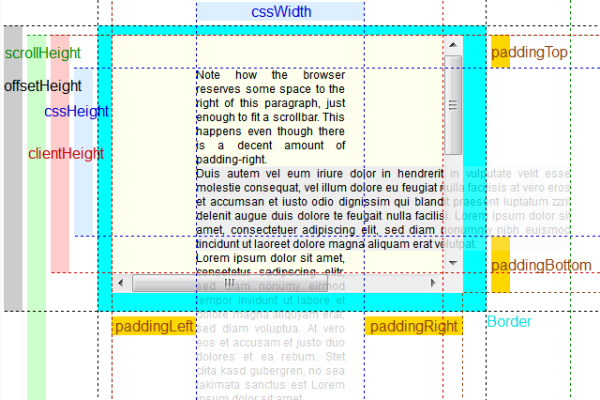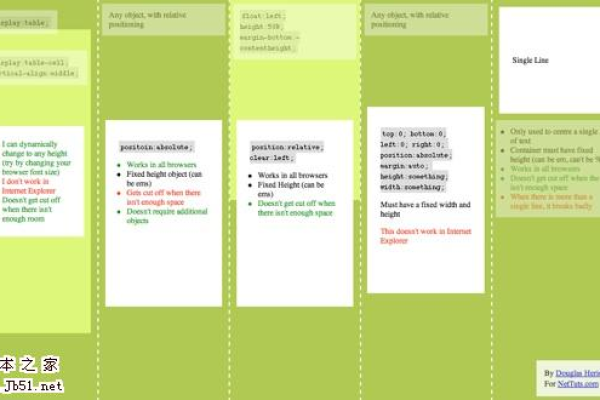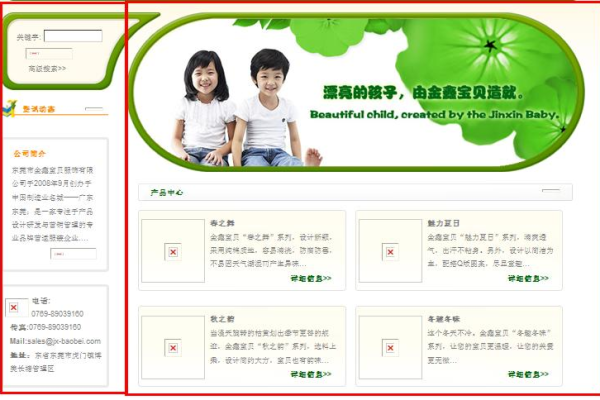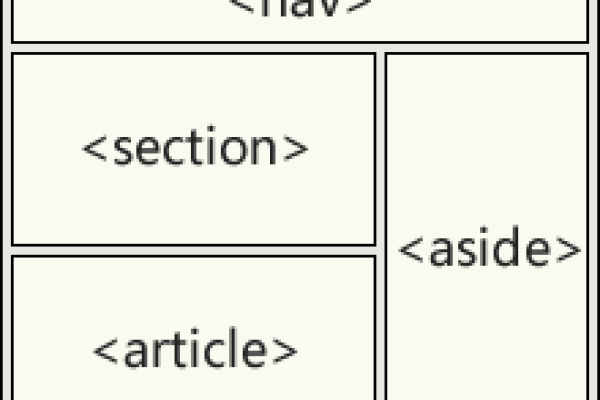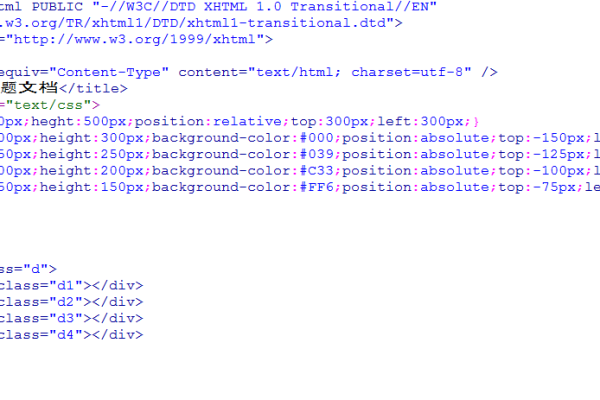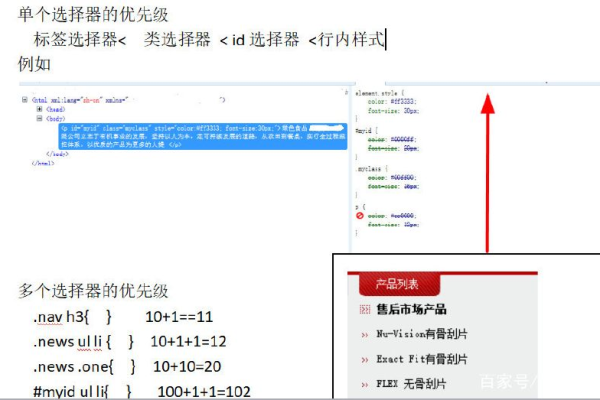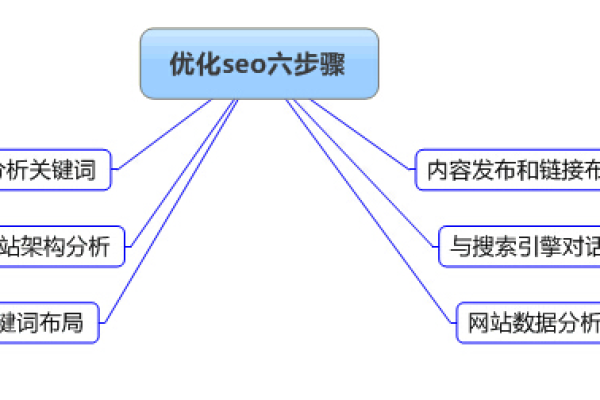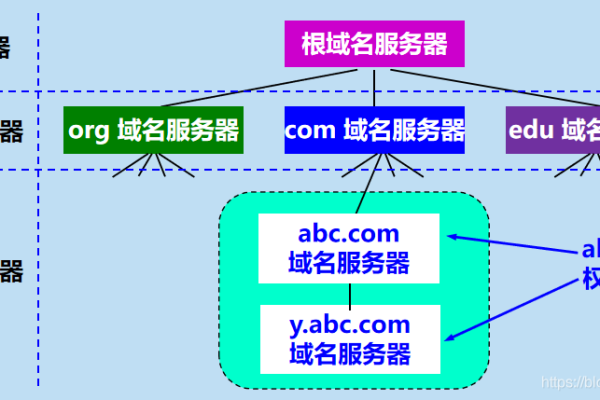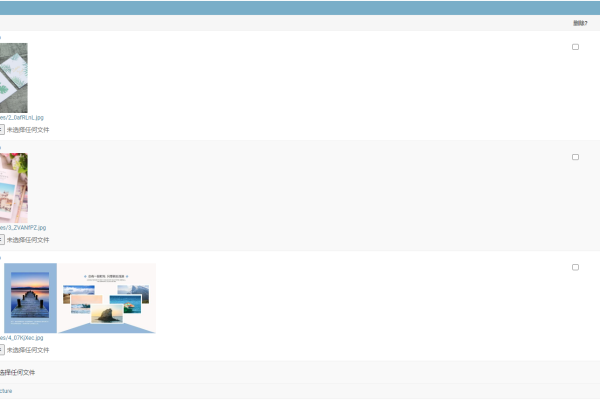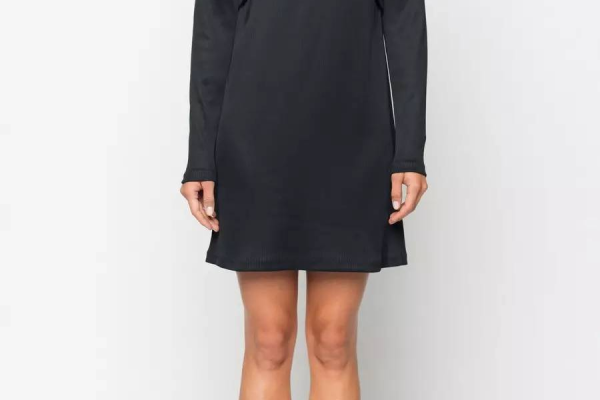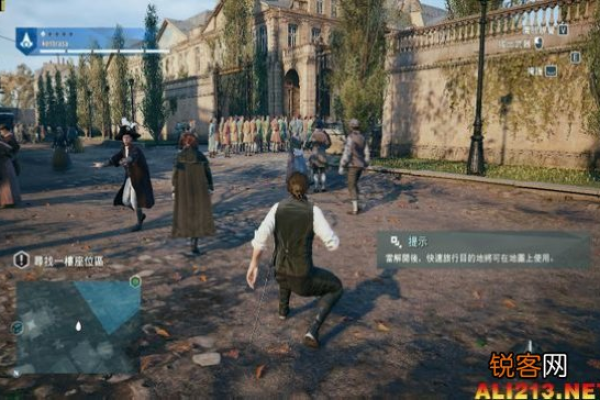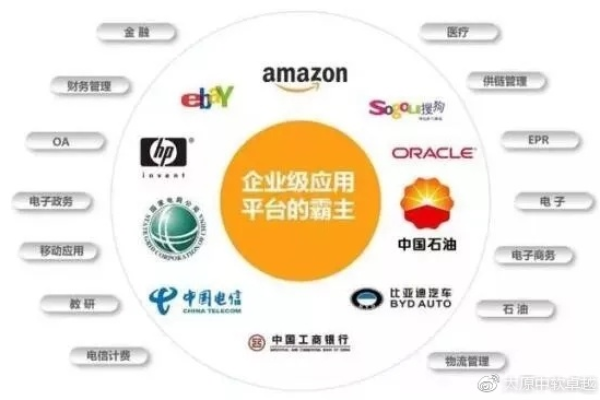如何通过CSS实现常见网站布局?
- 行业动态
- 2025-01-27
- 3269
本文归纳了四十二种CSS常见布局,涵盖水平居中、垂直居中等多种方式,并通过实例代码展示其应用。
CSS 是网页设计中不可或缺的一部分,它不仅能够定义颜色、字体和间距等样式,还能实现各种复杂的网页布局,以下是一些常见的 CSS 网站布局实例及其详细代码解释:
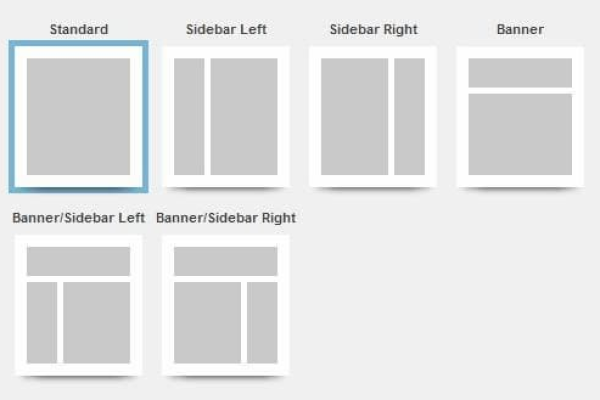
1、水平居中
:适用于行内块级元素,通过为其父元素设置text-align: center; 来实现水平居中。
<div >
<div ></div>
</div>
.parent {
background: #ff8787;
text-align: center;
}
.child {
display: inline-block;
height: 300px;
width: 300px;
background: #e599f7;
}:适用于定宽的块级元素,直接对子元素设置margin: 0 auto; 即可实现水平居中,但需注意设置宽度。
<div >
<div ></div>
</div>
.parent {
background: #ff8787;
}
.child {
width: 300px;
height: 300px;
margin: 0 auto;
background: #e599f7;
}:适用于开启定位的元素,通过设置left: 50%; 和transform: translateX(-50%); 来实现水平居中。
<div >
<div ></div>
</div>
.parent {
position: relative;
background: #ff8787;
}
.child {
position: absolute;
left: 50%;
transform: translateX(-50%);
height: 300px;
width: 300px;
background: #e599f7;
}:通过设置父元素的display: flex; 和justify-content: center; 来实现水平居中。
<div >
<div ></div>
</div>
.parent {
height: 300px;
display: flex;
justify-content: center;
background: #ff8787;
}
.child {
height: 300px;
width: 300px;
background: #e599f7;
}:通过设置父元素的display: grid; 和justify-items: center; 或justify-content: center; 来实现水平居中。
<div >
<div ></div>
</div>
.parent {
height: 300px;
display: grid;
justify-items: center;
background: #ff8787;
}
.child {
height: 300px;
width: 300px;
background: #e599f7;
}2、垂直居中
:适用于行内块级元素,通过为父元素设置line-height 等于其高度,并让子元素设置为inline-block 和vertical-align: middle; 来实现垂直居中。
<div >
<div ></div>
</div>
.parent {
line-height: 500px;
background: #ff8787;
}
.child {
display: inline-block;
vertical-align: middle;
width: 300px;
height: 300px;
background: #91a7ff;
}:适用于块级元素,通过设置top: 50%; 和margin-top: -150px;(其中150px 是子元素高度的一半)来实现垂直居中。
<div >
<div ></div>
</div>
.parent {
position: relative;
height: 500px;
width: 300px;
margin: 0 auto;
background-color: #ff8787;
}
.child {
position: absolute;
top: 50%;
margin-top: -150px;
width: 300px;
height: 300px;
background-color: #91a7ff;
}:通过设置父元素的display: flex; 和align-items: center; 来实现垂直居中。
<div >
<div ></div>
</div>
.parent {
display: flex;
align-items: center;
height: 500px;
width: 300px;
margin: 0 auto;
background-color: #ff8787;
}
.child {
width: 300px;
height: 300px;
background-color: #91a7ff;
}:通过设置父元素的display: grid; 和align-items: center; 来实现垂直居中。
<div >
<div ></div>
</div>
.parent {
display: grid;
align-items: center;
height: 500px;
width: 300px;
margin: 0 auto;
background-color: #ff8787;
}
.child {
width: 300px;
height: 300px;
background-color: #91a7ff;
}3、水平垂直居中
:适用于已知宽高的元素,通过设置position: absolute;、top: 50%;、left: 50%; 以及margin-top 和margin-left 为负值的一半来实现水平垂直居中。
<div >
<div ></div>
</div>
.parent {
position: relative;
background: #ff8787;
}
.child {
position: absolute;
top: 50%;
left: 50%;
width: 200px;
height: 100px;
margin-top: -50px;
margin-left: -100px;
background: red;
}:通过设置父元素的display: flex;、justify-content: center; 和align-items: center; 来实现水平垂直居中。
<div >
<div ></div>
</div>
body, html {
height: 100%;
margin: 0;
padding: 0;
display: flex;
justify-content: center;
align-items: center;
background: gray;
}
.child {
width: 200px;
height: 100px;
background: red;
}:通过设置父元素的display: grid; 和place-items: center; 来实现水平垂直居中。
<div >
<div ></div>
</div>
body, html {
height: 100%;
margin: 0;
padding: 0;
display: grid;
place-items: center;
background: gray;
}
.child {
width: 200px;
height: 100px;
background: red;
}:通过设置父元素的display: table-cell;、vertical-align: middle; 和text-align: center; 来实现水平垂直居中,需要注意的是,display: table-cell; 时padding 会失效,display: table-row; 时margin、padding 同时失效,display: table-cell; 时margin 会失效,因此需要将子元素放在一个额外的容器中来设置外边距。
<div >
<div ></div>
</div>
.box {
display: table;
width: 600px;
height: 300px;
background: red;
text-align: center; /* 水平居中 */
vertical-align: middle; /* 垂直居中 */
}
.child {
display: inline-block; /* 解决 margin 失效问题 */
margin: 0 auto; /* 水平居中 */
width: 200px;
height: 100px;
background: lightblue;
} 本站发布或转载的文章及图片均来自网络,其原创性以及文中表达的观点和判断不代表本站,有问题联系侵删!
本文链接:http://www.xixizhuji.com/fuzhu/400580.html
